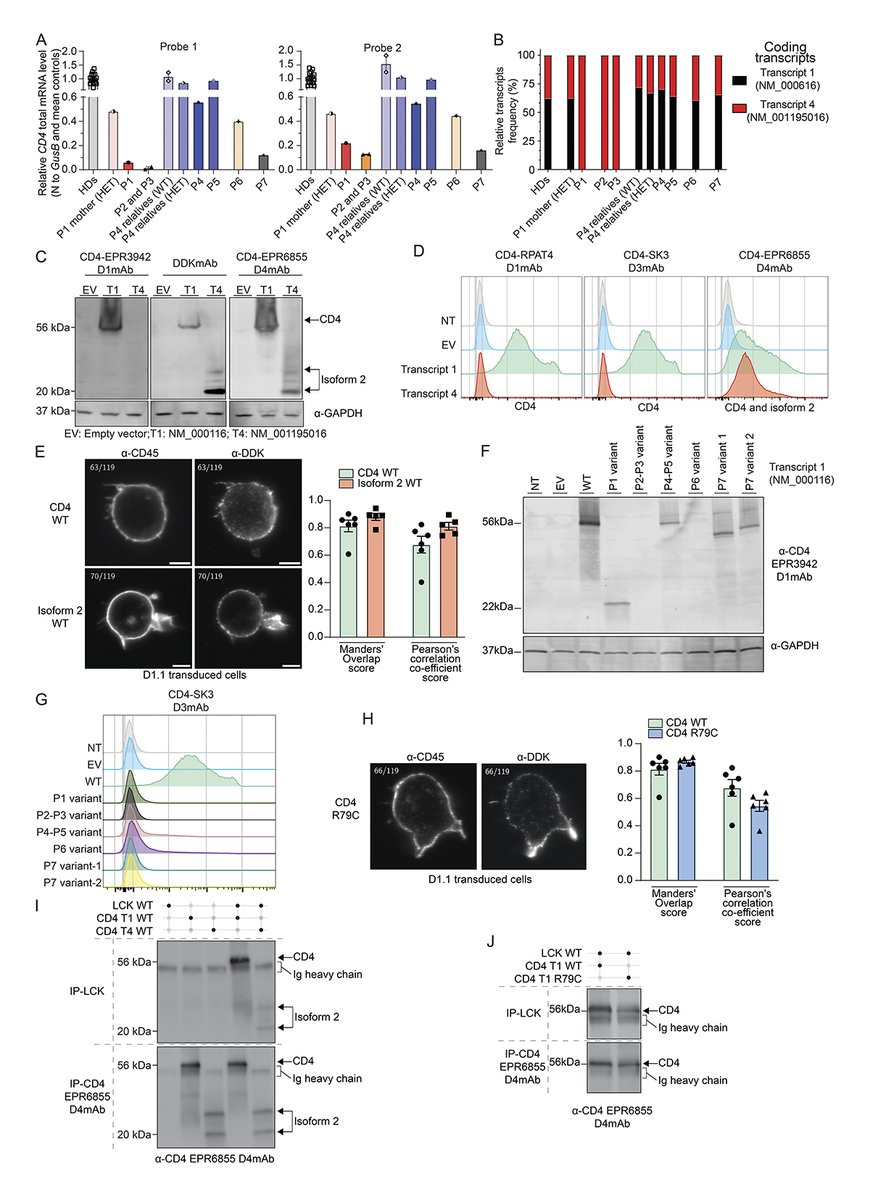
Guerin Antoine
@guerinantoine6
ID: 1174881794329477120
20-09-2019 03:03:56
123 Tweet
85 Followers
82 Following
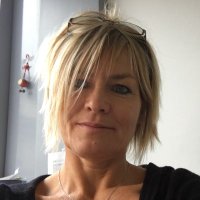
PNASNews 3/ We describe 2 patients with inherited RelB deficiency, presenting with a wide range of infectious diseases (bacterial, viral, fungal). This T and B cell deficiency is characterized by reduced blood counts of naïve T cells and memory B cells, and low in vitro IgG/IgA production
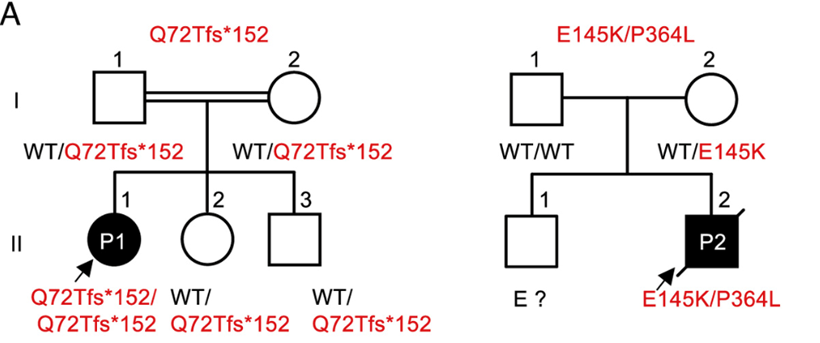




PNASNews 7/ While HSCT can cure the patients’ combined immunodeficiency, it does not prevent the development or persistence of AAN-IFN-I, leaving patients at risk of severe viral diseases throughout their life, such as West Nile virus encephalitis (doi-org.proxy.insermbiblio.inist.fr/10.1084/jem.20…).




Now available: updated mutation significance cutoff (MSC) based on CADD v1.7, with gene-specific cutoffs minimizing false negatives in variant filtration: itanlab.org/wp-content/upl… Thanks Meltem Ece Kars and David Stein for testing. Casanova Lab Ref: nature.com/articles/nmeth…
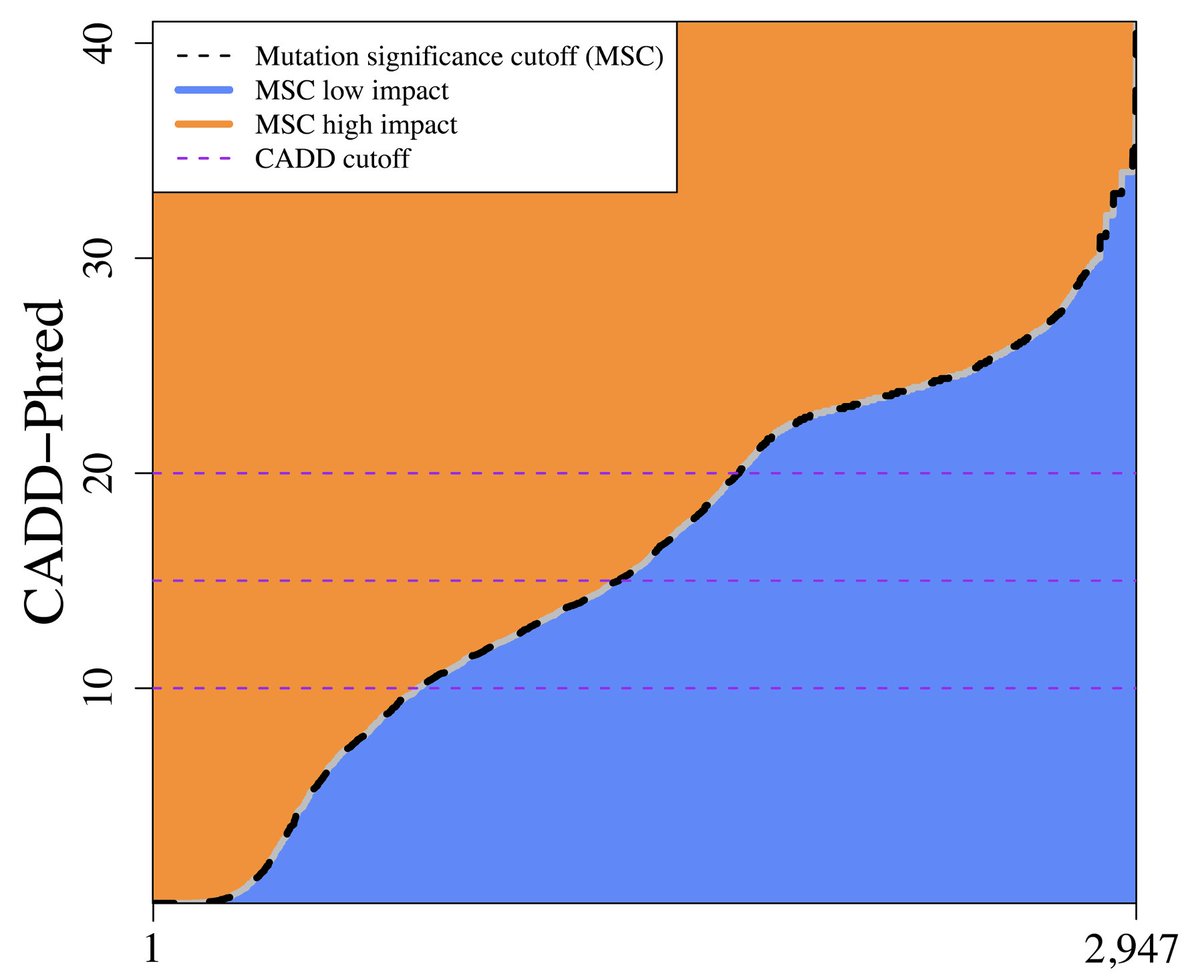
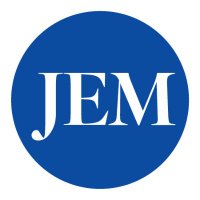
.Adrian Gervais et al. Casanova Lab show that auto-Abs neutralizing type I IFNs underlie an increasing list of severe arboviral diseases due to Flaviviridae (WNV, TBEV, POWV, USUV) or Togaviridae (RRV) viruses transmitted to humans by mosquitos or ticks. hubs.la/Q02WCx850


An updated Human Gene Connectome (HGC) based on STRING v12.0 is now available: drive.google.com/drive/folders/… Providing a biological distance metric between any two human genes, enabling effective prioritization of candidate genes based on known genes. Casanova Lab
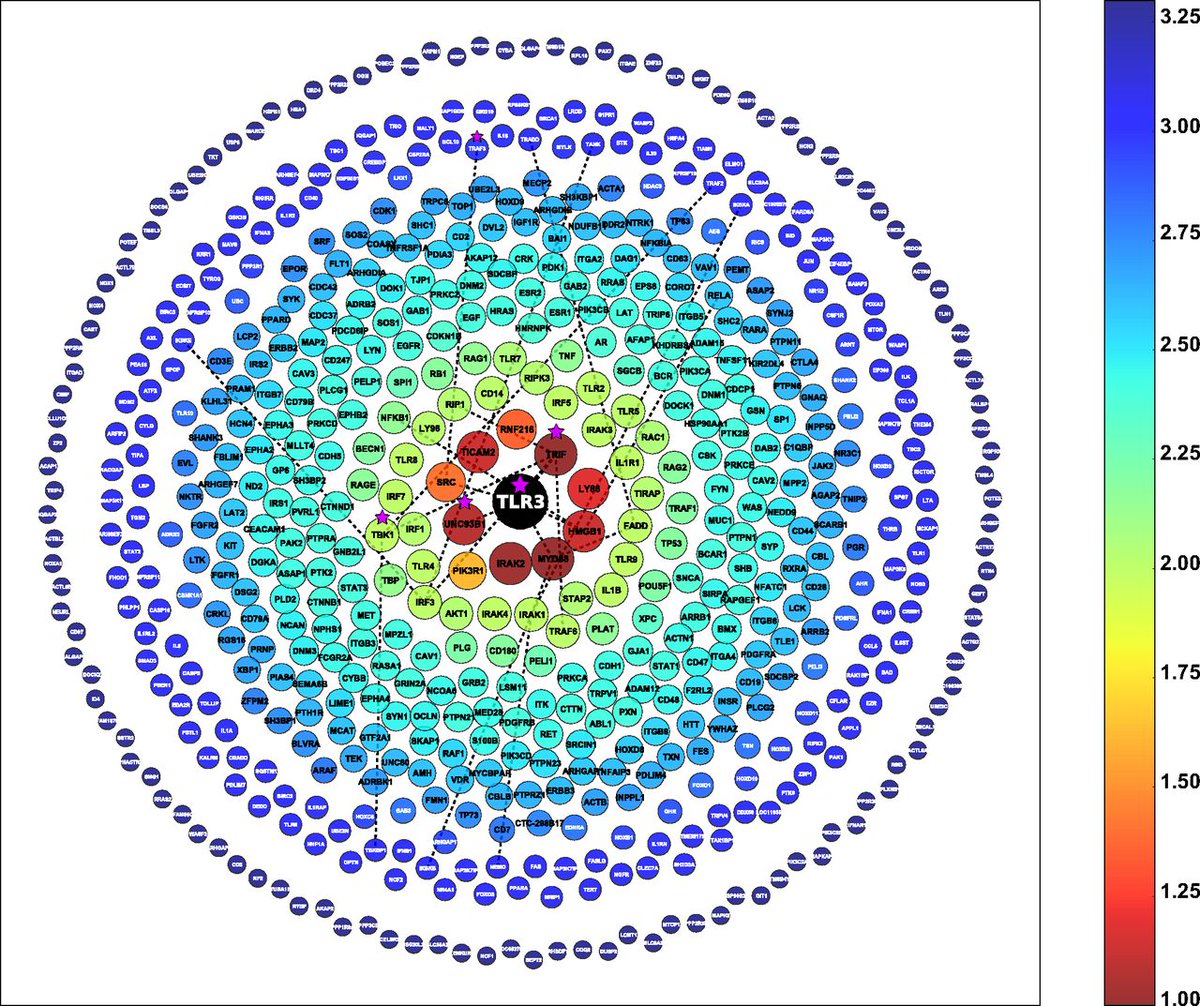


Excited to share our new paper Cell Genomics Genomics: Bridging Genomics' Greatest Challenge: The Diversity Gap This work highlights the need for inclusive datasets, equitable collaborations & investment in global genomic research led by Manuel Corpas doi.org/10.1016/j.xgen…
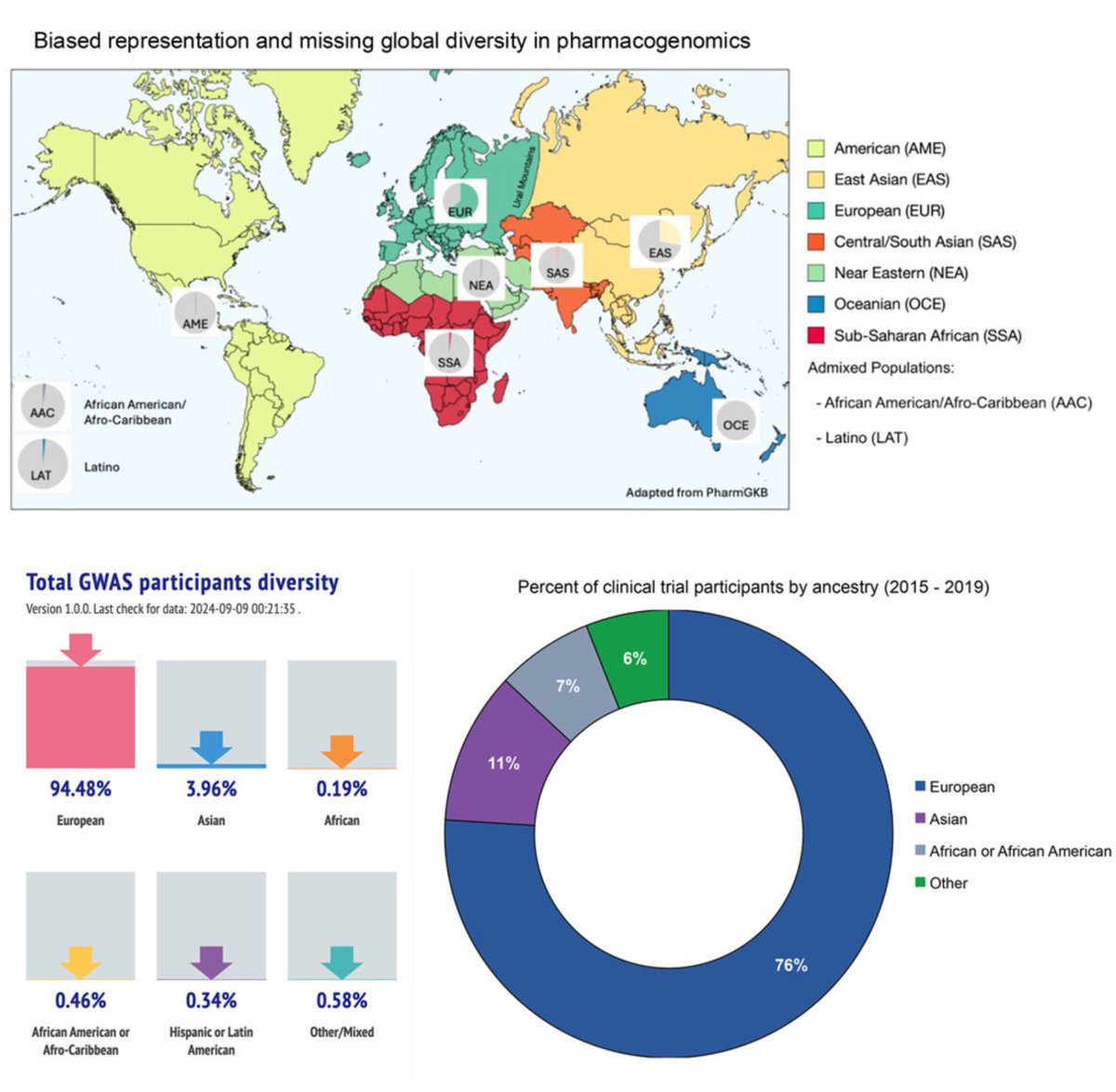

What Happens When Some Cells Are More Dad Than Mom (and Vice Versa)? Latest from us. Published today. News here cuimc.columbia.edu/news/what-happ… article here: nature.com/articles/s4158… O'Jay Stewart BogunovicLab and a huge international team thank you 🙏🏼 Columbia Children's Health Lipschultz Precision Immunology Institute



About to start the genetic analysis for vaccine-associated #myocarditis. Please share our study page helix.com/enroll/myocard… or my contact with any vaccine-associated myocarditis patient who may be interested in helping our research study. Thank you & ty Myocarditis Fndn











